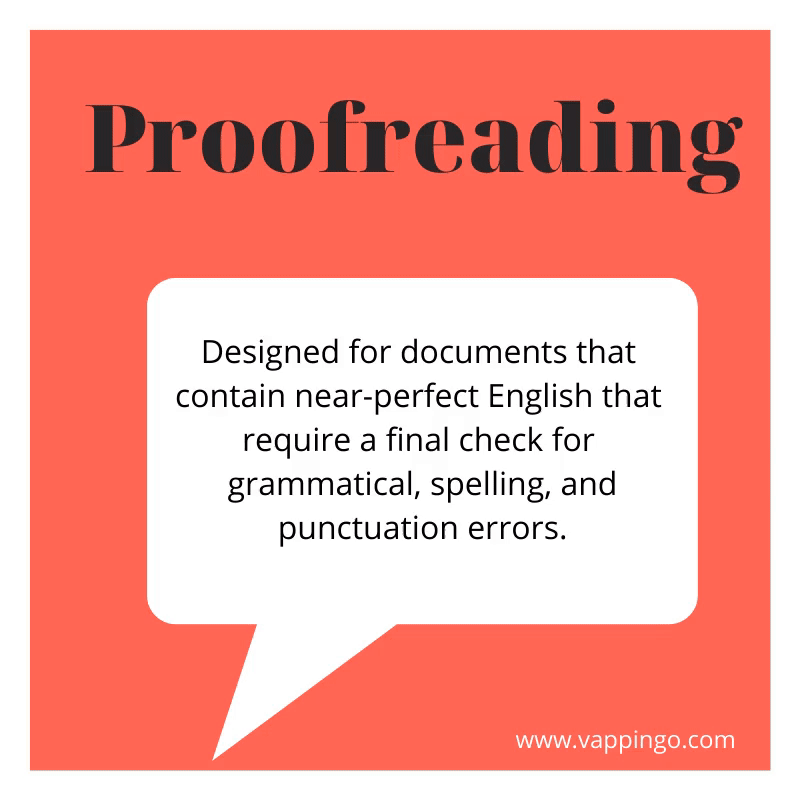Levels of Editing for Technical Writers
I am a graduate student who is majoring in Technical Communication. I am currently enrolled in Editing Technical Documents. In this class, we are learning all the aspects of editing technical documents.
I believe that this topic could be beneficial to novice editors. Especially those who haven’t had any formal training in editing. You know, those who take on extra work tasks such as writing training materials, policies, procedures, briefs, and exhibits. That is pretty much how I got started.
Dr. Kim’s lecture Technical Editing and Technical Editors clarified my understanding of the different levels of technical editing.
I was somewhat surprised to learn that editing is categorized into levels. I just assumed that it was comprehensive.
I am pleasantly surprised because I believe that these levels will allow opportunities for editors to work on their preferred levels of editing. This is beneficial as editors will most likely choose levels in which they are skilled or enjoy most.
Per Dr. Kim’s lecture, Technical Editing and Technical Editors https://youtu.be/k_JJj0eMEos, 1. Structural Editing, 2. Copyediting and 3. Proofreading are some levels are editing. Each level interacts with the author’s work in a different way. She goes on to explain that Comprehensive Editing encompasses all three levels of editing.
According to Dr. Kim, these three levels of editing are listed in the order of their influence on the author’s original work.
For example, Structural Editing assess and shapes the material to improve its organization and content. Structural editors communicate clearly and diplomatically with the author. As mentioned in Dr. Kim’s lecture, Structural Editing makes the most profound changes to the author’s original work while Proofreading makes the least. I will assume that Copyediting falls somewhere in the middle.
Dr. Kim also emphasized that technical editors need to understand the level of editing which they are performing so the expected results can be delivered to the author.
Learning the levels of editing is meaningful in my present career as I have some editing duties that overlap. Now that I am acquainted with some of the different levels of editing, I can implement them in my editing projects at work. This technique will allow me to focus on one specific job at a time.
Assigning editing levels amongst editors will be most valuable to editors whose over-tasked with editing content. I am a big proponent of linking the editor to the appropriate editing level that will challenge the author’s skill set.
As I have just learned in this lecture, my current duties coincide with Comprehensive Editing. I do all levels of editing in the projects that I am working on at work.
I will admit that some are not my strengths as I tend to like some tasks more than others. For example, I like to proofread. I plan to learn more about the different levels of editing as I believe this will be a skill set that I can pass on to my work peers.
In summary, levels of editing is a resourceful tool that allows editors to utilize their time more efficiently, focus on one skill set at a time and possibly select levels that they enjoy the most.
